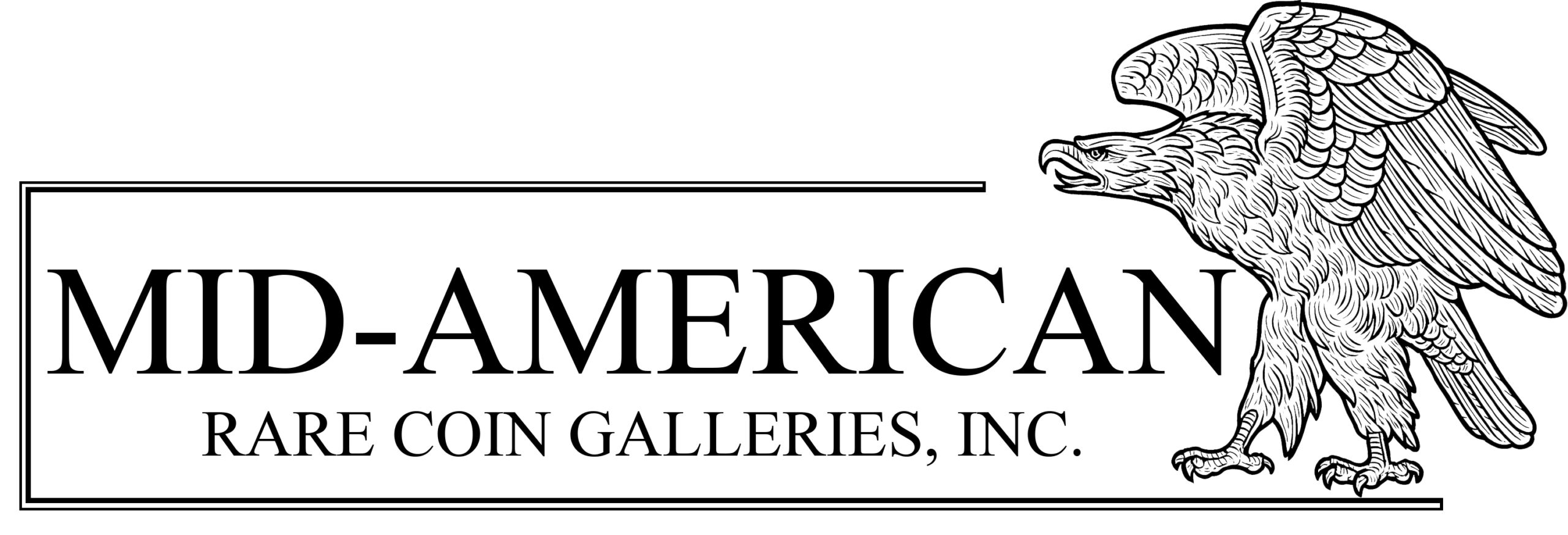Rare coin certification is nearing 35 years of success. One of the foundations of this success is the authentication and grading guarantee. No longer do collectors and investors have to take the word of dealers. Certified rare coins are graded by multiple people and finalized by world-class experts to ensure accuracy and consistency. The system works!
It is hard to imagine where the rare coin market would be today without certification — much smaller to be sure. Because of certification, rare coins are traded with confidence over the internet. Without this innovation, the numismatic market would not flourish and take advantage of new technologies. Other important innovations like set registries and population reports would not be possible, either.
Thirty-five years ago, the rare coin market was very different than it is today. In most cases for uncertified coins, the guarantee of authenticity and grade was only as good as the dealer selling them. Despite this incredibly risky environment, the rare coin market thrived. Prices were much lower in those days, but many individuals committed large sums to numismatics.
In many cases, the results were phenomenal. Anyone can pull auction catalogs from the 1980s and early 1990s and review the sale of great collections formed around that time. The incredible sales by Stack’s, Bowers and Merena, RARCOA, and Paramount alone represented millions of dollars of great, uncertified coins trading hands.
What you don’t see, however, are the thousands of sorely disappointed collectors and investors from that era who trusted the word of the seller. The coin market 35 years ago was rife with everything from outright fraud to selective fudging.
To be sure, many dealers made efforts to sell correctly graded coins, but even then, a buyer was dependent on the dealer’s skills. Very few issued formal guarantees of grading when making a sale. Prudent collectors needed to learn enough to protect themselves. In the rare case of a grading guarantee, collectors had no assurance that the dealer would be in business when it came time to sell.
Rare coin certification has been around long enough now that many take its protections for granted. Over the years, I have unfortunately been the one who told many collectors or investors that their oranges were indeed rotten fruit. It is sad to break the news to someone that they have obviously been defrauded.
Before certification, this came in the form of collectors who had purchased everything from whizzed coins to slightly over-graded, very expensive coins. Nearly every dealer in the country who has been around for a long time has had similar experiences. In most cases, buyers had very little luck when contacting sellers for refunds. Legal action on the subject of grading has always been difficult because of the expense and complexity of the subject.
Imagine for a moment buying that great rarity you have always been looking for. Perhaps in your case, it is a 1932-D Washington Quarter graded MS 65. The price seems fantastic at 20% below bid. The coin is frosty white, just the way you like them. The strike is great and the luster is above average. Now imagine making the purchase for an uncertified coin.
Would you be willing to invest thousands of dollars based on your own knowledge or the determination of the seller (with a monumental conflict of interest) as to the grade of the coin? How would that small mark in the field or the light line on the cheek be received when it came time to sell? Pretty scary stuff!
For the most part, the dealer community has always been diligent in protecting buyers against counterfeits. Most reputable dealers offer lifetime protection. The problem being, whose lifetime? In recent years, there have also been instances of large coin companies that have been bought out, and the new buyers are reluctant to honor guarantees of coins sold decades ago by the previous owners.
I have purchased countless estates over the years that contained counterfeit coins. After decades, recovery from buying an uncertified counterfeit is nearly impossible. Very few even make an attempt. Most sell the genuine coins and move on. Rare coin certification is critical for those making long-term investments in numismatics. For many, it will help their heirs making the sale. Without certification, there is little or no protection.
Decades ago, rare coin grading was also subject to the whims of market makers. If dealers wanted to promote an area of the market and needed coins, their grading standards would slip a bit. After they had moved on to another part of the numismatic market, the grading standards for the previous object of desire would magically become very strict.
This had an incredibly negative impact on liquidity. Third-party grading has solved many of these issues, but the debate over “sight seen” and “sight unseen” market-making continues. This will probably be the subject of a future article.
There is no such thing as a sure bet when buying rare coins or any other tangible property. Rare coins, however, are one of the few collectible fields that offer third-party grading and authentication guarantees, but collectors should understand the differences between the top two grading services.
Both NGC and PCGS completely guarantee the authenticity and grade of all US coins. Unlike PCGS, NGC also guarantees the color designations on all copper, bronze, and copper-nickel coins for 10 years. NGC is also known for its quick service when resolving issues that involve its grading and authentication guarantees.
NGC has invested millions over the years to ensure the integrity of its product. Anyone investing money in numismatics today has a far greater chance of success than collectors did 35 years ago. Rare coins can be very exciting but knowing you have accurately graded coins and not rotten fruit is a wonderful thing!
